Cabbages are desirable for different purposes. For example, some types are more resistant to disease, while others are better able to tolerate cold temperatures.
Some varieties produce larger fruits, while others have a more desirable flavor and different texture. Choosing the right variety of cabbage for your needs is important to get the best results.

⬇️ Table of Contents
- Bilko Cabbage
- Black Cabbage (Tuscan Cabbage)
- Bok Choy
- Brussels Sprouts
- Cannonball Cabbage
- Charleston Wakefield Cabbage
- Chinese Cabbage
- Chinese Flat Cabbage
- Choy Sum
- Conehead Cabbage
- Copenhagen Market Cabbage
- Danish Ballhead Cabbage
- Deadon Cabbage
- Drumhead Cabbage
- Dutch White Cabbage
- Dwarf Siberian Cabbage
- Earliana Cabbage
- Early Jersey Wakefield Cabbage
- Golden Acre Cabbage
- Gonzales Cabbage
- Green Cabbage
- Hispi Cabbage
- January King Cabbage
- Jersey Wakefield Cabbage
- Kale (Leaf Cabbage)
- Kohlrabi
- Late Flat Dutch Cabbage
- Mammoth Red Rock
- Napa Cabbage
- Parel Cabbage
- Pointed Cabbage
- Portuguese Cabbage (Couve Tronchuda)
- Red Acre Cabbage
- Red Cabbage
- Red Savoy Cabbage
- Rubicon Cabbage
- Ruby Ball Cabbage
- Savoy Cabbage
- Stonehead Cabbage
- Tuscan Cabbage (Lacinato Kale)
- White Cabbage
- Cabbage FAQs
Bilko Cabbage

Origin: Eastern Europe
Description: Bilko cabbage is characterized by its tightly packed, dark green leaves that are crunchy and possess a subtly sweet, earthy flavor.
History: Bilko cabbage has been cultivated in Eastern Europe for centuries, traditionally used in local dishes and known for its hardy nature in cooler climates.
Uses: Typically used in salads, stir-fries, and slaws, Bilko cabbage adds a refreshing texture and taste to dishes.
Points of Interest: Bilko cabbage is found in local markets worldwide and is appreciated for its adaptability and ease of preparation.
Black Cabbage (Tuscan Cabbage)
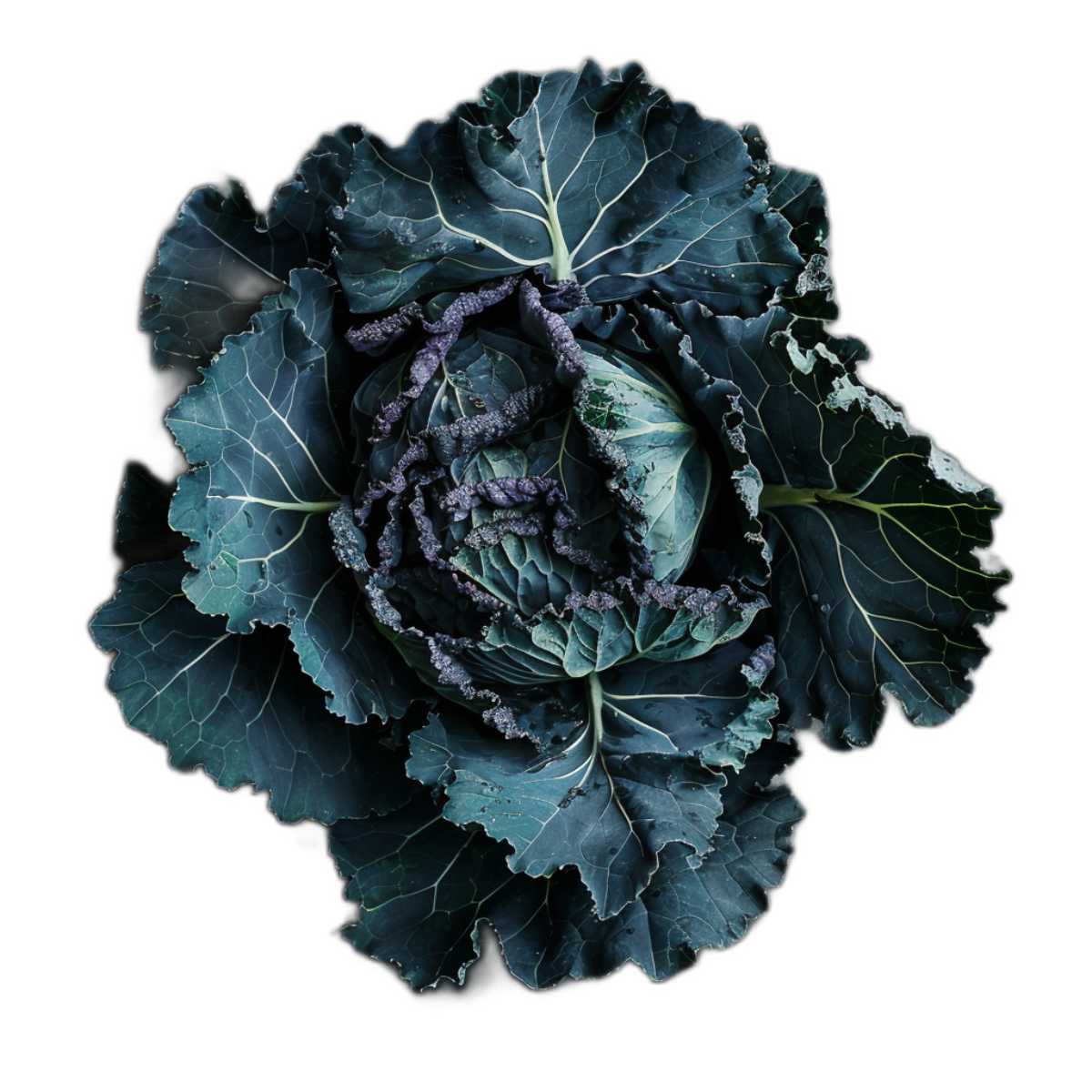
Origin: Mediterranean region
Description: Black cabbage, also known as Cavolo Nero, features long, dark leaves and an earthy, slightly peppery flavor.
History: Originating in the Mediterranean, Black cabbage has been a staple in Italian cuisine since the 18th century, particularly in the region of Tuscany.
Uses: It is commonly used in Italian and Mediterranean dishes, such as soups, stews, and sautés.
Points of Interest: This variety adds a robust texture and bold taste to many traditional recipes.
Bok Choy

Origin: China
Description: Bok Choy is a type of Asian cabbage with white stems and dark green leaves, offering a crisp texture and mild, slightly peppery taste.
History: Bok Choy has been cultivated in China for over 1,500 years and was introduced to Europe and America by Chinese immigrants in the 19th century.
Uses: Ideal for stir-fries, soups, and salads, it brings an Asian flair to various dishes.
Points of Interest: Recognizable by its small, compact size and spoon-shaped leaves, Bok Choy is a staple in many Asian cuisines.
Brussels Sprouts

Origin: Belgium
Description: Brussels sprouts are small, round, and have a mild, nutty taste with a tender-yet-slightly-crisp texture.
History: These tiny cabbages have been cultivated since the 16th century in Belgium, gaining popularity across Europe and later in North America.
Uses: They are versatile, appearing in dishes from roasted sides to stir-fries, and even as a pizza topping.
Points of Interest: Commonly paired with bacon in Europe, they are a key ingredient in British Sunday roasts.
Cannonball Cabbage
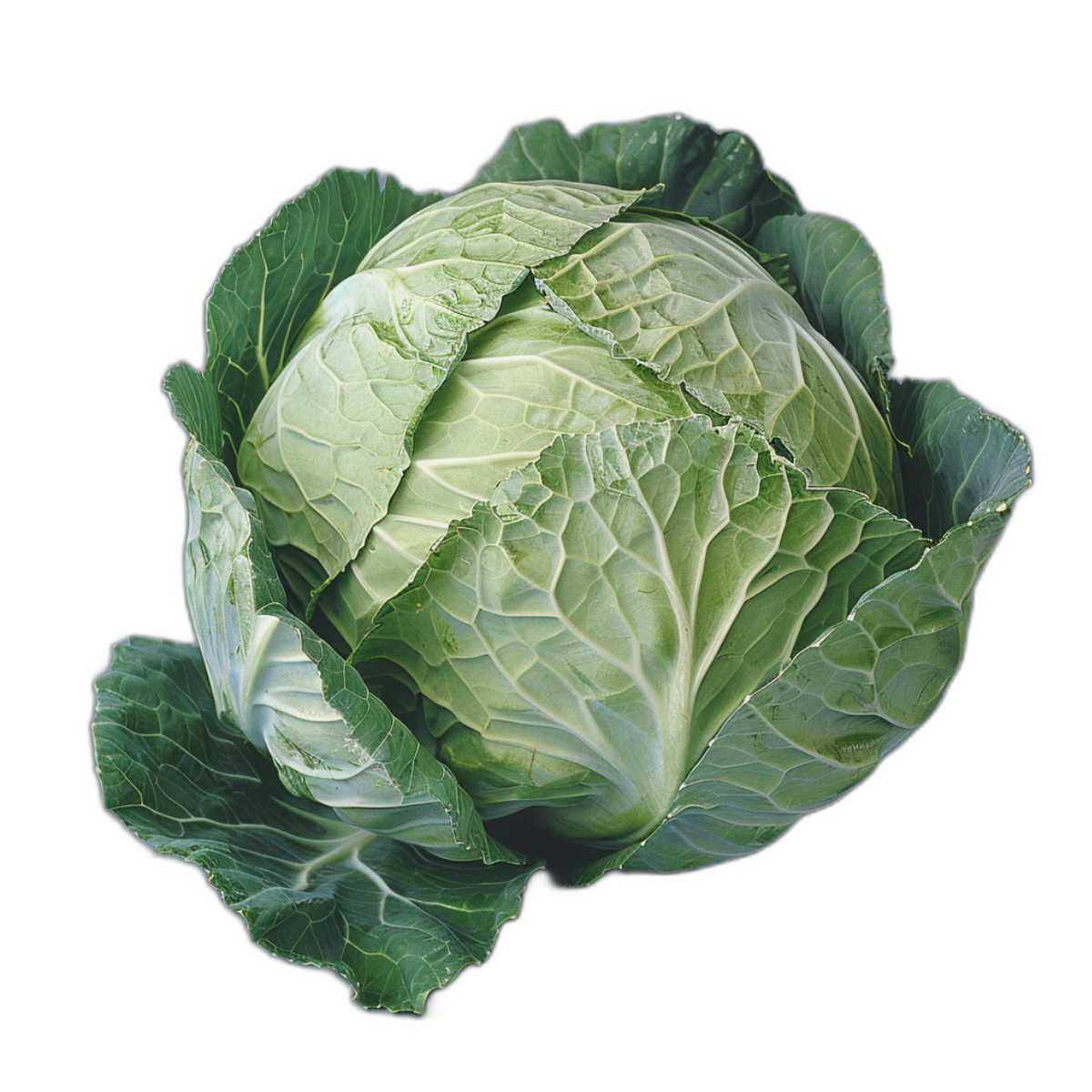
Origin: Europe
Description: Also known as Round Cabbage, Cannonball cabbage has pale green leaves and a mild, earthy flavor with subtle sweetness.
History: It originated in Europe, where it has been a staple in traditional dishes for centuries.
Uses: It is excellent in salads, coleslaws, and stir-fries, and retains its shape and flavor when cooked.
Points of Interest: This variety is known for its ability to thrive in cool climates.
Charleston Wakefield Cabbage
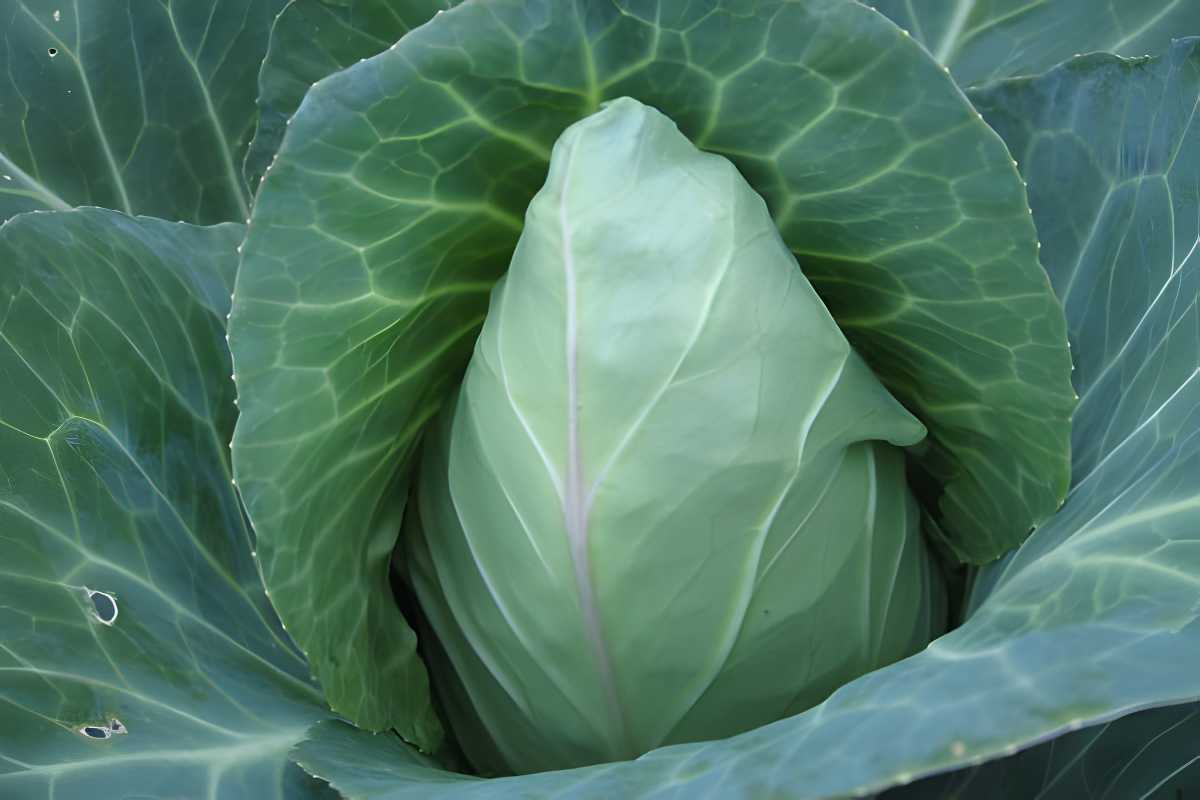
Origin: Germany
Description: Known as Brunswick Cabbage, it has a slightly nutty flavor and a compact, conical head.
History: This cabbage, which has origins in Germany, is distinct for its early harvest, making it a popular choice among gardeners.
Uses: Ideal for salads, coleslaws, and stir-fries due to its crisp texture.
Points of Interest: Charleston Wakefield Cabbage offers a subtly nutty undertone, setting it apart from other varieties.
Chinese Cabbage
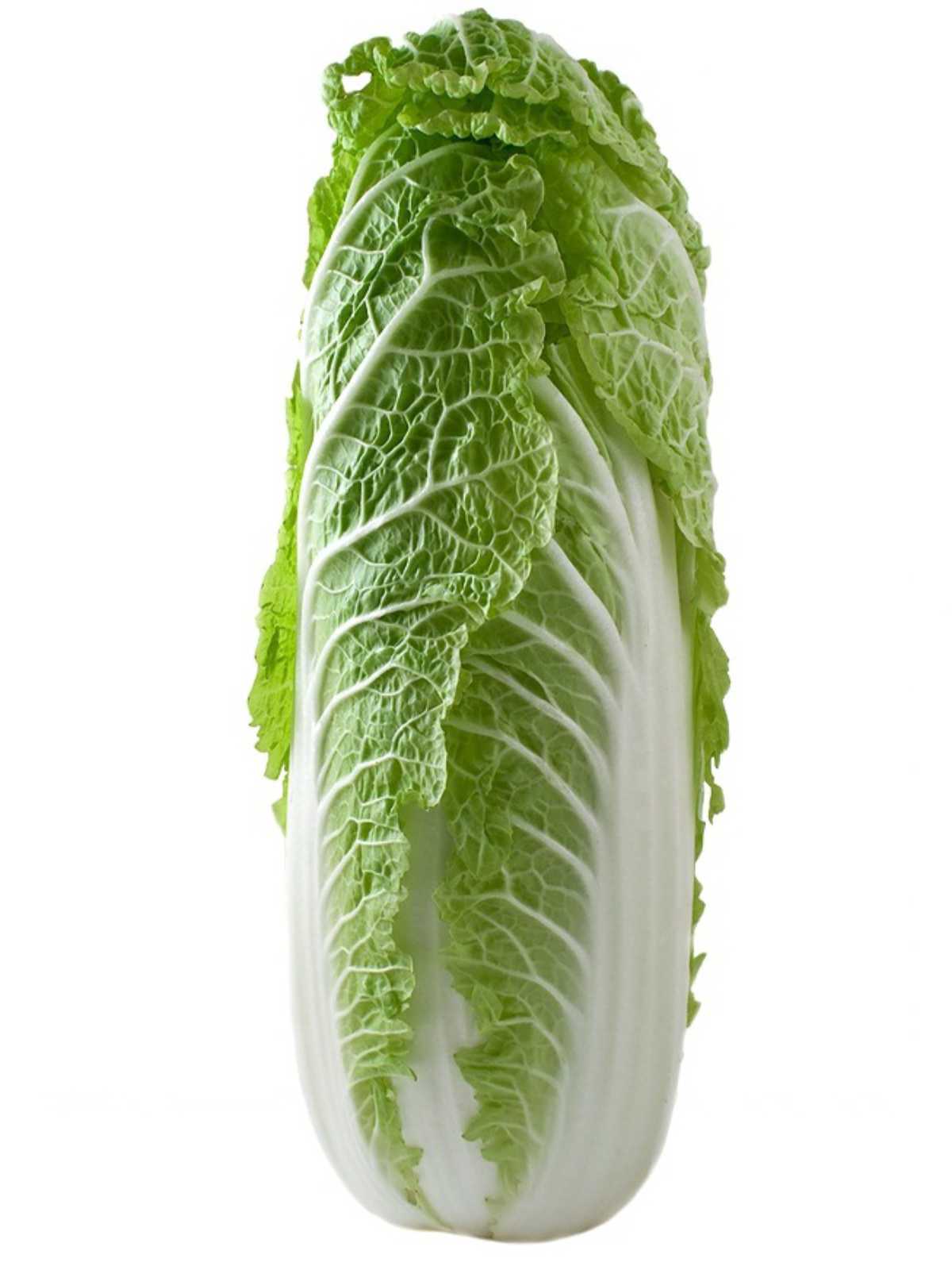
Origin: China
Description: Chinese cabbage, also known as Napa cabbage, has long, pale-green leaves with a crisp texture and mildly sweet flavor.
History: This variety has been a staple in Chinese cuisine for over 600 years and has spread throughout Asia and the world.
Uses: Predominantly used in Asian cuisine, it is featured in stir-fries, kimchi, and spring rolls.
Points of Interest: Its elongated shape and ruffled leaves distinguish it from other cabbage types.
Chinese Flat Cabbage
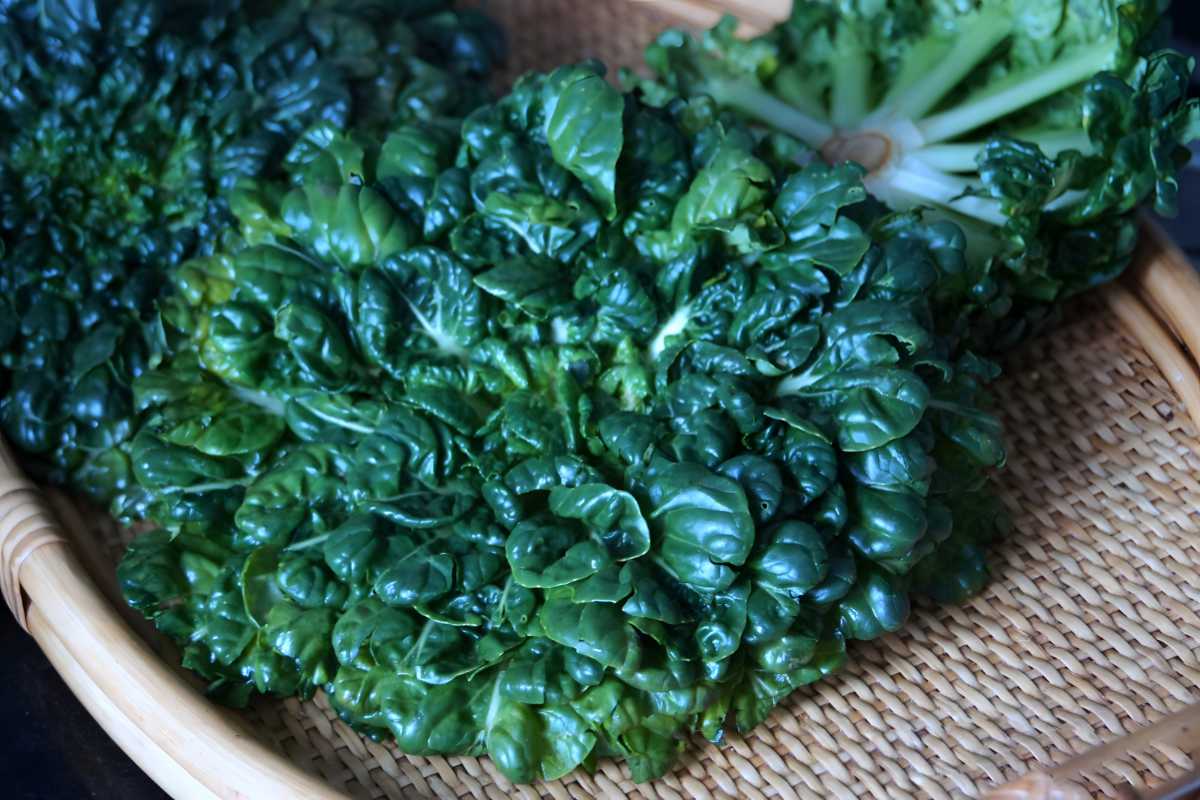
Origin: China
Description: This variety has flat, broad leaves and a mild, slightly sweet flavor.
History: Chinese flat cabbage has been cultivated for centuries in China, known for its use in traditional dishes.
Uses: Often used in salads, soups, and stir-fries, Chinese flat cabbage is versatile and adds a delicate texture to dishes.
Points of Interest: It is prized for its tender leaves, making it ideal for quick-cooking methods.
Choy Sum
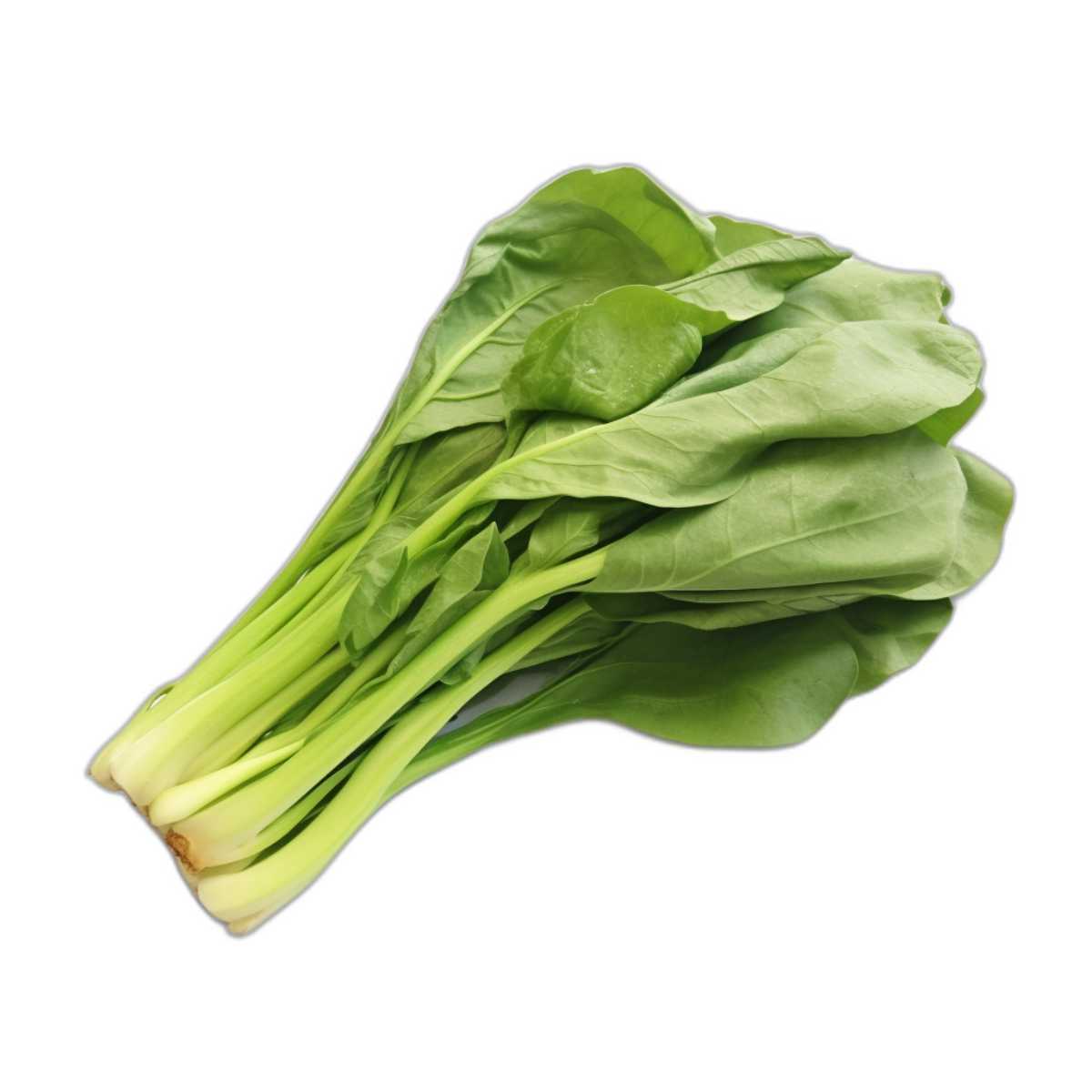
Origin: China
Description: Also known as Chinese flowering cabbage, Choy Sum features tender stems and vibrant yellow blossoms with a subtly sweet, slightly mustardy flavor.
History: Choy Sum has been an essential part of Chinese cuisine for hundreds of years, especially in Cantonese cooking.
Uses: It is a prominent ingredient in Asian cuisine, especially in stir-fries, soups, and salads.
Points of Interest: Choy Sum's adaptability and contrasting textures make it a favorite in many Asian dishes.
Conehead Cabbage
Origin: Unknown, globally popular
Description: Conehead cabbage has a mild, sweet flavor and a distinctive cone-shaped head.
History: This cabbage variety has been enjoyed globally for its unique shape and taste, with historical cultivation records in Europe.
Uses: Versatile in salads, stir-fries, and pickled dishes.
Points of Interest: Its unique shape and mild taste make it a favorite in various cuisines worldwide.
Copenhagen Market Cabbage
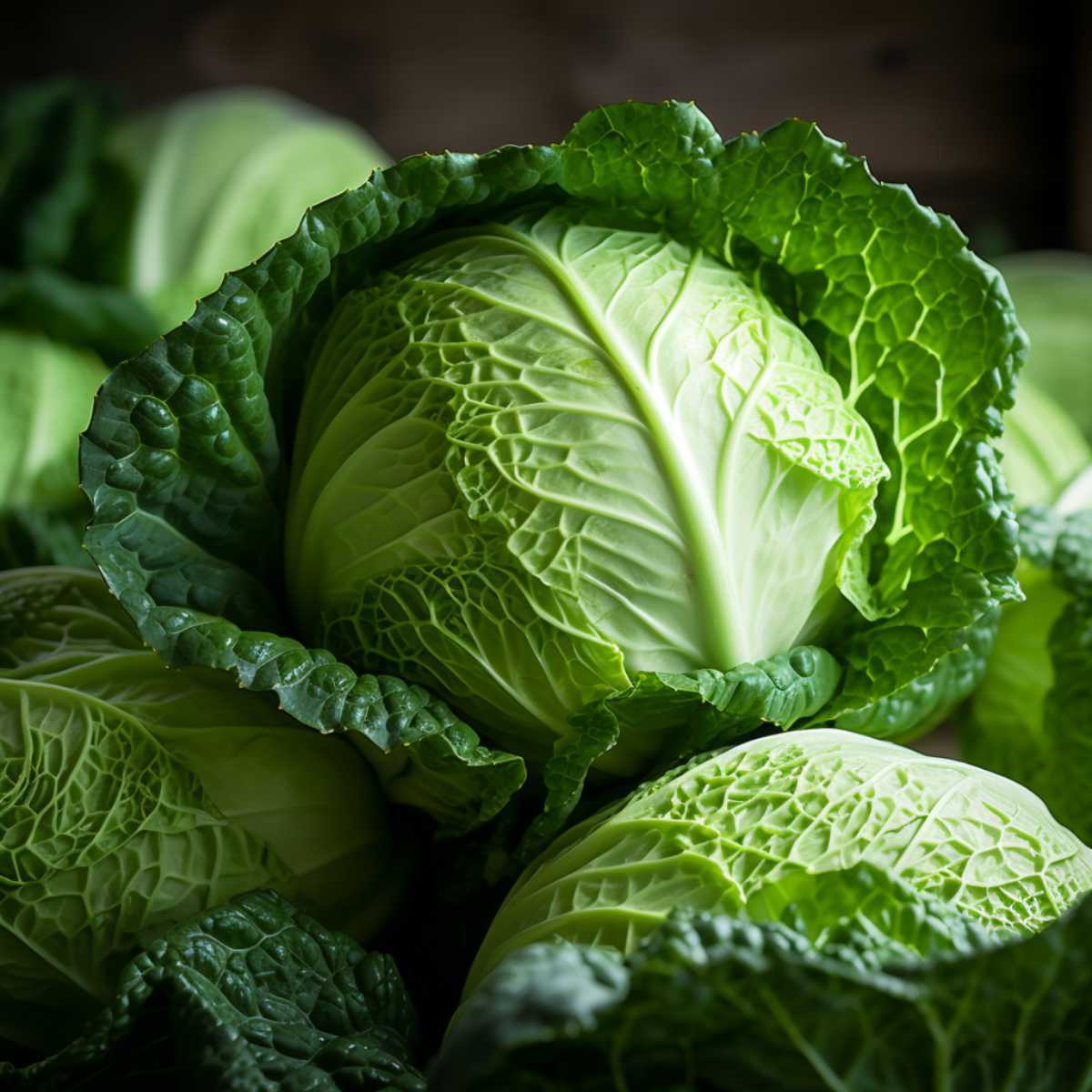
Origin: Denmark
Description: This variety has round heads with crisp, tender leaves and a mild, fresh flavor.
History: Copenhagen Market cabbage was developed in Denmark in the early 20th century, prized for its uniform size and early harvest.
Uses: Suitable for salads, stir-fries, and pickled preparations.
Points of Interest: Its compact nature makes it ideal for smaller gardens and urban spaces.
Danish Ballhead Cabbage
Origin: Denmark
Description: Danish Ballhead Cabbage forms dense, round heads with a crisp texture and mild, slightly sweet flavor.
History: This variety has been grown in Denmark since the 19th century and is known for its excellent storage capabilities.
Uses: Perfect for coleslaw, sauerkraut, and hearty winter soups.
Points of Interest: This cabbage's sturdy structure makes it ideal for pickling.
Deadon Cabbage
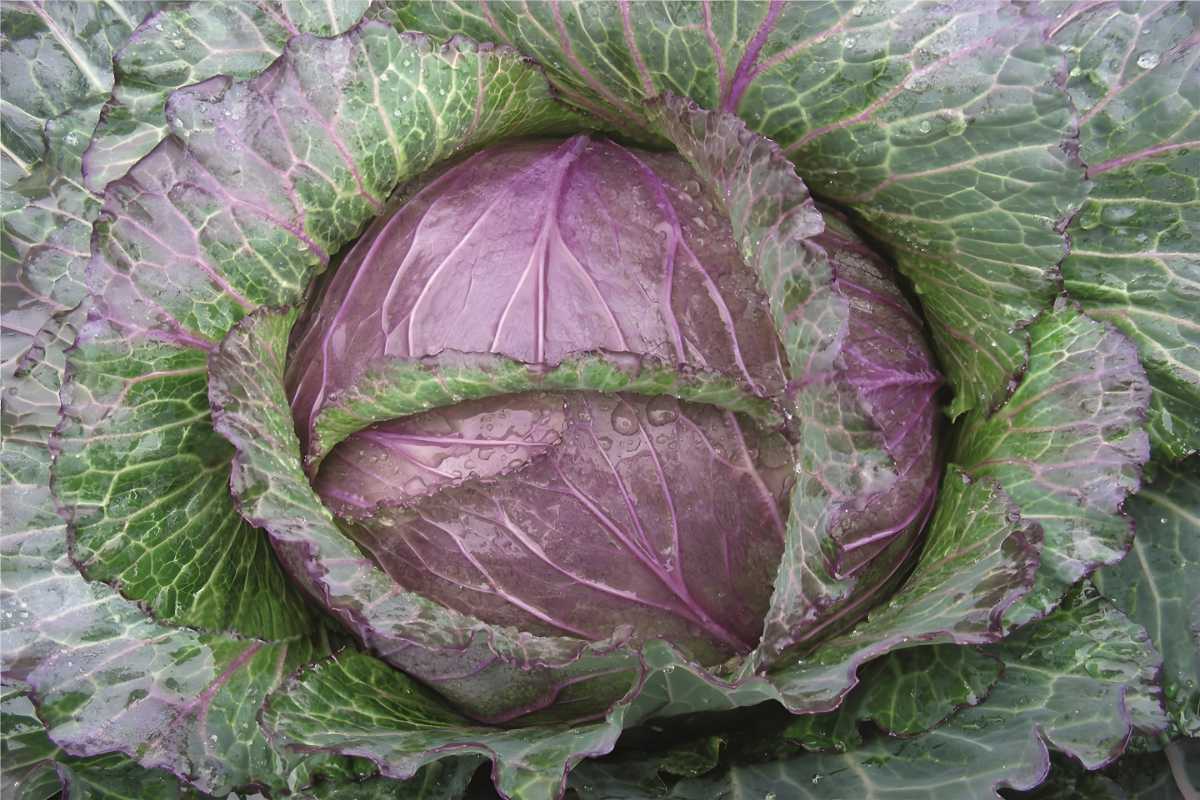
Origin: Korea
Description: Recognizable by its deep green-bluish curly leaves, Deadon cabbage has a subtle hint of bitterness.
History: Deadon cabbage is integral to Korean cuisine, particularly in the preparation of kimchi, a traditional fermented dish.
Uses: Essential in making kimchi, a staple in Korean cuisine.
Points of Interest: Known for its unique flavor profile and key role in traditional dishes.
Drumhead Cabbage
Origin: Europe
Description: Drumhead cabbage features a large, round head with dense, light green leaves and a mild, slightly sweet flavor.
History: This variety has been cultivated in Europe since the 17th century and remains popular for its size and versatility.
Uses: Commonly used in coleslaw, sauerkraut, and various cooked dishes.
Points of Interest: Its size and flavor make it a versatile choice for many recipes.
Dutch White Cabbage

Origin: Europe
Description: Dutch White Cabbage has dense, pale green leaves and offers a mild, slightly sweet flavor.
History: Originating in the Netherlands, this cabbage has been a staple in European diets for centuries, particularly in winter dishes.
Uses: Prominent in European cuisines, especially in sauerkraut, coleslaw, and winter soups.
Points of Interest: This variety thrives in temperate climates and is a staple in many traditional dishes.
Dwarf Siberian Cabbage
Origin: Siberia
Description: Dwarf Siberian cabbage has small, compact heads and dark green leaves with a mild flavor.
History: Bred for cold tolerance, this cabbage has been grown in Siberia and other cold regions since the 19th century.
Uses: Ideal for salads, stir-fries, and soups due to its tender leaves.
Points of Interest: Known for its cold tolerance, making it a reliable choice in cooler climates.
Earliana Cabbage

Origin: North America
Description: Earliana cabbage, also known as Early Jersey Wakefield, has crisp, pale-green leaves and a mild, slightly sweet flavor.
History: Developed in the early 20th century in the United States for its early harvesting capabilities.
Uses: Versatile for salads, slaws, and stir-fries.
Points of Interest: Celebrated for its early harvest, making it a favorite among gardeners.
Early Jersey Wakefield Cabbage

Origin: North America
Description: This cabbage variety has a conical shape and crisp, tender leaves with a mild, sweet flavor.
History: Bred in New Jersey in the 19th century, it is known for its rapid growth and early maturity.
Uses: Excellent in salads, slaws, and stir-fries.
Points of Interest: Known for its early maturity and compact size, making it ideal for small gardens.
Golden Acre Cabbage

Origin: United States
Description: Golden Acre cabbage has round, compact heads with vibrant green leaves and a mildly sweet flavor.
History: Developed in the early 20th century in the United States, it quickly became popular for its reliable growth and adaptability.
Uses: Ideal for coleslaw, stir-fries, and pickled dishes.
Points of Interest: Thrives in temperate climates, making it a popular choice for home gardens.
Gonzales Cabbage

Origin: Mediterranean region
Description: Gonzales cabbage, or Col de Gonzales, has tender, crisp leaves and a slightly peppery flavor.
History: Traditionally grown in the Mediterranean region, it has been used in local cuisines for centuries.
Uses: Commonly used in coleslaw and salads.
Points of Interest: Its tender texture and slightly peppery flavor make it a key ingredient in Mediterranean cuisine.
Green Cabbage

Origin: Europe
Description: Green cabbage is the most recognizable variety, with dense, round heads and smooth, vibrant green leaves.
History: Cultivated for thousands of years, green cabbage has origins in Europe and has spread worldwide due to its versatility.
Uses: A staple in coleslaw, stir-fries, and various European and Asian dishes.
Points of Interest: Its mild, slightly peppery flavor makes it versatile in many recipes.
Hispi Cabbage
Origin: Europe
Description: Hispi cabbage, also known as Sweetheart cabbage, has a pointed head and tender, sweet leaves.
History: This variety has been grown in Europe for several centuries, valued for its delicate flavor and texture.
Uses: Often used in salads, stir-fries, and as a steamed vegetable side dish.
Points of Interest: Its tender leaves and sweet flavor make it a favorite for quick-cooking methods.
January King Cabbage

Origin: Northern Europe
Description: January King cabbage has striking blue-green leaves and a robust, earthy taste.
History: Developed in the 19th century, it is a winter-hardy variety that thrives in colder climates.
Uses: Suitable for hearty soups, stews, and coleslaw.
Points of Interest: This winter cabbage thrives in colder climates and is known for its beautiful coloration.
Jersey Wakefield Cabbage
Origin: North America
Description: Jersey Wakefield cabbage has a conical shape with crisp, tender leaves and a mild, sweet flavor.
History: Developed in New Jersey in the 19th century, it is one of the earliest maturing cabbages.
Uses: Excellent in salads, slaws, and stir-fries.
Points of Interest: Known for its early maturity and compact size, making it ideal for small gardens.
Kale (Leaf Cabbage)
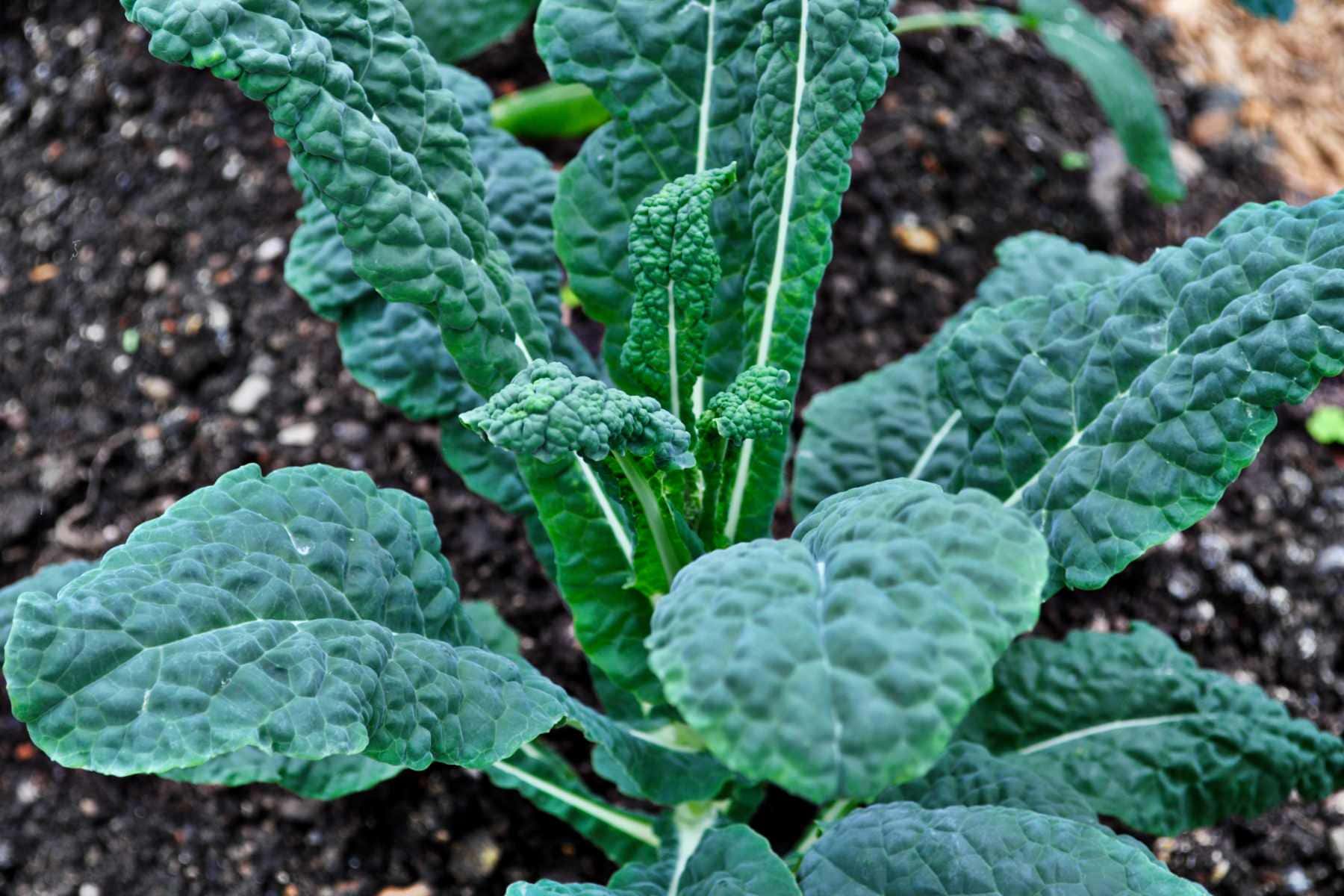
Origin: Mediterranean region
Description: Kale has dark green, curly leaves with a slightly bitter, earthy flavor.
History: Cultivated for over 2,000 years, kale was a staple in ancient Greece and Rome and has regained popularity in recent years for its nutritional benefits.
Uses: Commonly used in salads, smoothies, and as a cooked vegetable in various dishes.
Points of Interest: Kale is celebrated for its high nutrient content and versatility in cooking.
Kohlrabi

Origin: Northern Europe
Description: Kohlrabi features a bulbous, knobby appearance with mild, slightly sweet flavor and a crisp, juicy texture.
History: Kohlrabi has been cultivated in Northern Europe since the 16th century and is valued for its hardiness and unique taste.
Uses: This crunchy texture makes it a great addition to salads, slaws, and stir-fries.
Points of Interest: Its unique appearance and flavor make it a versatile and interesting addition to various dishes.
Late Flat Dutch Cabbage

Origin: Netherlands
Description: Late Flat Dutch Cabbage, also known as simply "Flat Dutch Cabbage," has a mild, sweet flavor and tender, dense leaves.
History: This variety was developed in the Netherlands in the 18th century and has become popular for its storage capabilities.
Uses: Commonly used in coleslaw, sauerkraut, and stir-fries.
Points of Interest: Known for its excellent storage capabilities, making it a staple in winter diets.
Mammoth Red Rock
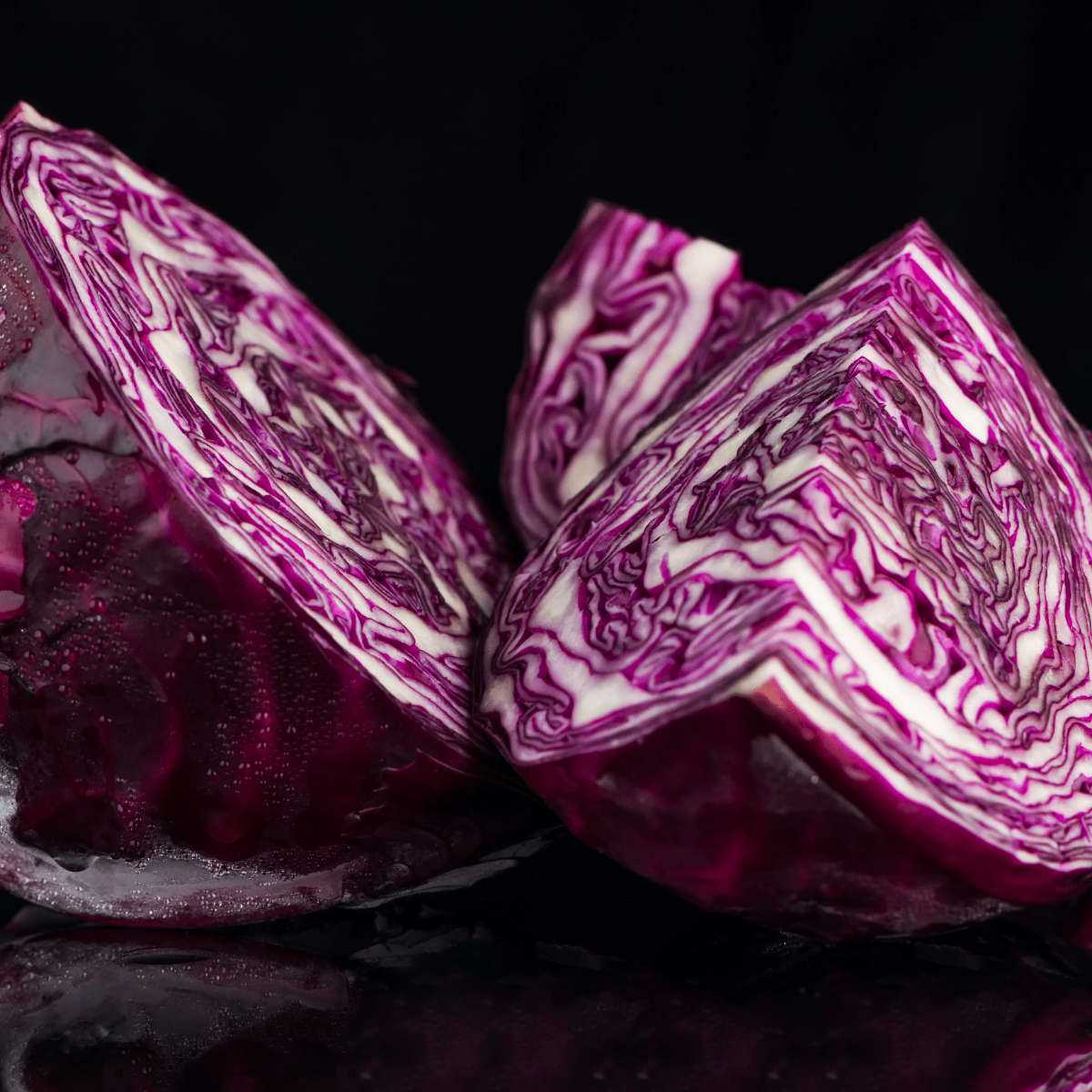
Origin: Europe
Description: Mammoth Red Rock is a remarkable cabbage variety with vibrant red leaves and a strong flavor.
History: This variety has been cultivated since the 19th century in Europe, known for its large size and distinctive color.
Uses: Ideal for coleslaws and pickled dishes, it retains its vibrant color and flavor when prepared.
Points of Interest: Its large size and bold color make it a standout choice in both gardens and kitchens.
Napa Cabbage

Origin: China
Description: Napa cabbage, also known as Chinese cabbage, boasts long, pale-green leaves with a crisp texture and mildly sweet flavor.
History: Cultivated in China for over 600 years, it has become a staple in Asian cuisines and is especially known for its use in kimchi.
Uses: Versatile in Asian cuisine, where it's used in stir-fries, kimchi, and spring rolls.
Points of Interest: Its elongated shape and ruffled leaves set it apart, making it a favorite choice for slaws and wraps.
Parel Cabbage

Origin: Netherlands
Description: Parel Cabbage, also known as "Dutch Parel Cabbage," is considered an exotic cabbage variety with small, compact heads and a crisp, slightly sweet flavor.
History: Originally developed in the Netherlands, it has been appreciated for its delicate texture and flavor.
Uses: Great for elegant garnishes and side dishes.
Points of Interest: Its petite size and delightful crunch make it a favorite for dishes needing a more delicate touch.
Pointed Cabbage
Origin: Europe
Description: Pointed cabbage has a conical shape with tender, sweet leaves and a mild flavor.
History: This variety has been cultivated in Europe for many centuries, particularly valued for its early maturity and tender texture.
Uses: Ideal for salads, stir-fries, and steamed dishes.
Points of Interest: Its unique shape and sweet flavor make it a favorite in various cuisines.
Portuguese Cabbage (Couve Tronchuda)

Origin: Portugal
Description: Portuguese Cabbage, also known as "Couve Tronchuda," has broad, dark green leaves with a mild, earthy flavor.
History: This variety has been grown in Portugal for centuries, playing a significant role in traditional dishes like Caldo Verde.
Uses: Commonly used in soups, stews, and as a steamed vegetable.
Points of Interest: Its large, thick leaves are perfect for wrapping and stuffing.
Red Acre Cabbage

Origin: Europe
Description: Red Acre Cabbage, also known as "Purple Acre," has a deep, vibrant purple-red hue and slightly peppery flavor.
History: This variety has been cultivated in Europe since the 19th century, known for its beautiful color and crisp texture.
Uses: Popular in coleslaw, salads, and pickled dishes.
Points of Interest: Its dense texture and rich color make it visually appealing in various dishes.
Red Cabbage

Origin: Mediterranean region
Description: Red cabbage is known for its deep purple leaves and slightly sweeter flavor compared to green cabbage.
History: Red cabbage has been cultivated in the Mediterranean region for centuries and is known for its vibrant color and nutritional benefits.
Uses: Can be eaten raw or cooked; often used in coleslaws, salads, and various cooked dishes like stir-fries, sautéed, roasted, or braised.
Points of Interest: Its vibrant color adds visual appeal to dishes.
Red Savoy Cabbage
Origin: Europe
Description: Red Savoy cabbage has crinkled leaves with a striking red-purple color and a mild, sweet flavor.
History: This variety has been cultivated in Europe since the 19th century, valued for its unique texture and color.
Uses: Often used in salads, stir-fries, and pickled dishes.
Points of Interest: Its crinkled leaves and vibrant color make it a standout in culinary presentations.
Rubicon Cabbage

Origin: Europe
Description: Rubicon Cabbage has deeply colored purple-red leaves with a mild, slightly peppery flavor.
History: This variety has been grown in Europe for centuries, valued for its striking color and adaptability in various climates.
Uses: Versatile ingredient in Mediterranean and Asian cuisines, used in salads, stir-fries, and pickled dishes.
Points of Interest: Its vibrant color and mild flavor make it popular in both visual and culinary applications.
Ruby Ball Cabbage
Origin: Europe
Description: Ruby Ball cabbage features small, round heads with deep red leaves and a slightly sweet, peppery flavor.
History: Cultivated in Europe since the 19th century, Ruby Ball cabbage is known for its appealing color and compact size.
Uses: Often used in salads, coleslaw, and pickling due to its crunchy texture and attractive color.
Points of Interest: Its compact size makes it ideal for smaller gardens and urban spaces.
Savoy Cabbage

Origin: Europe
Description: Savoy cabbage is characterized by its crinkled, dark green leaves and a mild, earthy flavor.
History: First cultivated in Italy in the 16th century, it quickly spread throughout Europe and became popular for its unique texture.
Uses: Commonly used in salads, soups, and as a wrap for various fillings.
Points of Interest: Its crinkled leaves add an interesting texture to dishes, making it a favorite for culinary enthusiasts.
Stonehead Cabbage
Origin: United States
Description: Stonehead cabbage has dense, round heads with a mild, slightly sweet flavor and crisp texture.
History: Developed in the United States in the mid-20th century, it is known for its resistance to splitting and bolting.
Uses: Ideal for coleslaw, sauerkraut, and various cooked dishes.
Points of Interest: Its sturdy structure makes it excellent for long-term storage.
Tuscan Cabbage (Lacinato Kale)

Origin: Mediterranean region
Description: Tuscan cabbage, also known as Lacinato kale or Cavolo Nero, has long, dark leaves with a slightly bumpy texture and earthy, slightly sweet flavor.
History: This variety has been grown in Italy for centuries, particularly in Tuscany, and is a key ingredient in many traditional Italian dishes.
Uses: Commonly used in soups, stews, and sautéed dishes.
Points of Interest: Its robust flavor and texture make it a favorite in Italian cuisine, especially in dishes like ribollita.
White Cabbage

Origin: Europe
Description: White cabbage has dense, pale green to white leaves and a mild, slightly sweet flavor.
History: Cultivated in Europe for thousands of years, it is one of the most common and versatile cabbage varieties.
Uses: Used in a variety of dishes including coleslaw, sauerkraut, and soups.
Points of Interest: Its mild flavor and versatility make it a staple in kitchens around the world
and used as a side dish.
Cabbage FAQs
How to Choose the Best Cabbage
When it comes to cabbage, there are many different types to choose from. So, how do you know which is the best for your needs? Here are a few things to keep in mind when making your selection:
- Cabbage heads come in many different sizes. Choose one that is the right size for the dish you're preparing.
- The outer leaves of cabbage can be either green or pale green. If you want a more delicate flavor, go for the pale green leaves. If you're looking for something with a little more punch, go for the green leaves.
- Savoy cabbage has crinkly leaves. It has a slightly sweeter flavor than other varieties of cabbage.
- Green cabbage is the most common variety. It has a crisp texture and a mildly sweet flavor.
- There are many other varieties of cabbage, such as red cabbage and napa cabbage. Explore all the options to find the perfect one for your needs.
What Is The Most Common Type of Cabbage?
The most common cabbage is green cabbage. It has a firm, crisp texture and a mild, slightly sweet flavor. Green cabbage is the type most often used in salads and coleslaw. It is a member of the Brassica oleracea family, including broccoli, cauliflower, kale, and Brussels sprouts. Green cabbage is the most popular in the United States.
Which Cabbage Is Best?
There are many cabbages, and it can be hard to decide which one to choose. Some people prefer the taste of savoy cabbage, while others find that regular green cabbage is more flavorful. Ultimately, it comes down to personal preference.
Which Cabbage is Most Nutritious?
Which Cabbage Is The Sweetest?
Which Cabbage Is Best For Coleslaw?
- Green cabbage is the more traditional choice and has a slightly sweet flavor.
- Red cabbage is a bit more tart and has a beautiful purple color that can add visual interest to your dish.
What Is The Classification Of Cabbage?
Posts To Visit
40 Types of Broccoli 🥦 A-to-Z | Photos





Leave a Reply